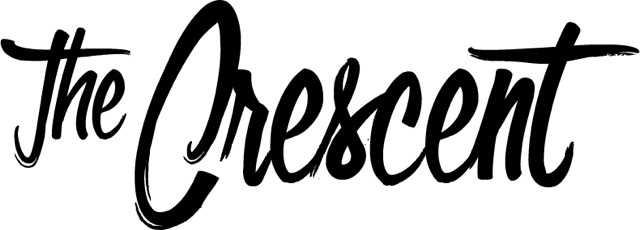Oregon Education in a Post-Pandemic World
Reported By: Sierra Reisman
Illustrated By: Addie Patterson
Roughly four years ago, the world as we knew it was turned upside down by the COVID-19 pandemic. People were working from home or not at all, and schools faced the challenging task of implementing remote learning. Some districts were more successful than others, but American students as a whole found themselves educationally behind once schools opened back up again. Now that more time has passed and students are starting to recover, the impacts of educational disparities are becoming apparent.
According to a study issued at the beginning of 2024 by the Education Recovery Scorecard, Oregon is significantly behind in returning students to pre-pandemic performance levels. The report notes that between 2019 and 2022, student achievement decreased by 72% of a grade equivalent in math and 59% in reading. Unlike other states, Oregon’s achievement overall has only continued to decrease since 2022, by an additional 5% of a grade equivalent in math and 8% in reading. Rather than recovering from COVID-19, Oregon students are continuing to lose progress.
To get an expert perspective on this issue, I spoke to Marc Shelton, dean of the Department of Education at George Fox University (GFU). According to Shelton, the most detrimental aspect of the pandemic for students was the “broadening [of] the gap” between already high-achieving students and those who were struggling. Remote learning heightened existing inequalities by putting access to technology and stable home environments between students and their education.
The Education Scorecard data supports this claim, highlighting higher-poverty districts in Oregon as those whose achievement decreased the most and whose recovery has been slower or non-existent compared to wealthier areas. Oregon is investing significantly in education recovery, both from state funding and federal COVID relief, but the federal aid package expires in September, and students have a lot of catching up to do.
Inequality gaps in education recovery are leaving educators scrambling for new approaches to learning. Shelton warned against the temptation to lower educational standards, especially for struggling demographics, in order to meet students where they are. It’s important, Shelton explained, to pay attention to “what climate and culture you set in a building,” arguing that lowering standards only demoralizes students further. Instead, Shelton calls for “high expectations with a high level of support.” Oregon needs to further support and uplift struggling students, focusing more on life-long learning over passing grades.
According to both Shelton and an analysis of post-pandemic test scores from the New York Times, American students are struggling the most to catch up with reading. As Shelton explained, “You can’t just put students in front of books and expect them to read.” He emphasized the importance of one-on-one connections between students and teachers, especially for elementary-age children. Qualified teachers are needed to identify specific learning struggles, as many students are returning to the classroom with learning disabilities and behavioral challenges that couldn’t be addressed through remote learning. Students are “having to learn again how to be learners,” and Shelton emphasized the importance of more direct student-teacher interaction.
Shelton’s advice and Oregon’s progress to date ultimately lead to one conclusion: there is no one-size-fits-all approach to education. Without dedicated teachers, unequal conditions exasperated by the pandemic are going to continue producing unequal outcomes in Oregon schools. Bridging inequality gaps starts with a holistic approach to education, giving each student the resources and attention they need to succeed.
